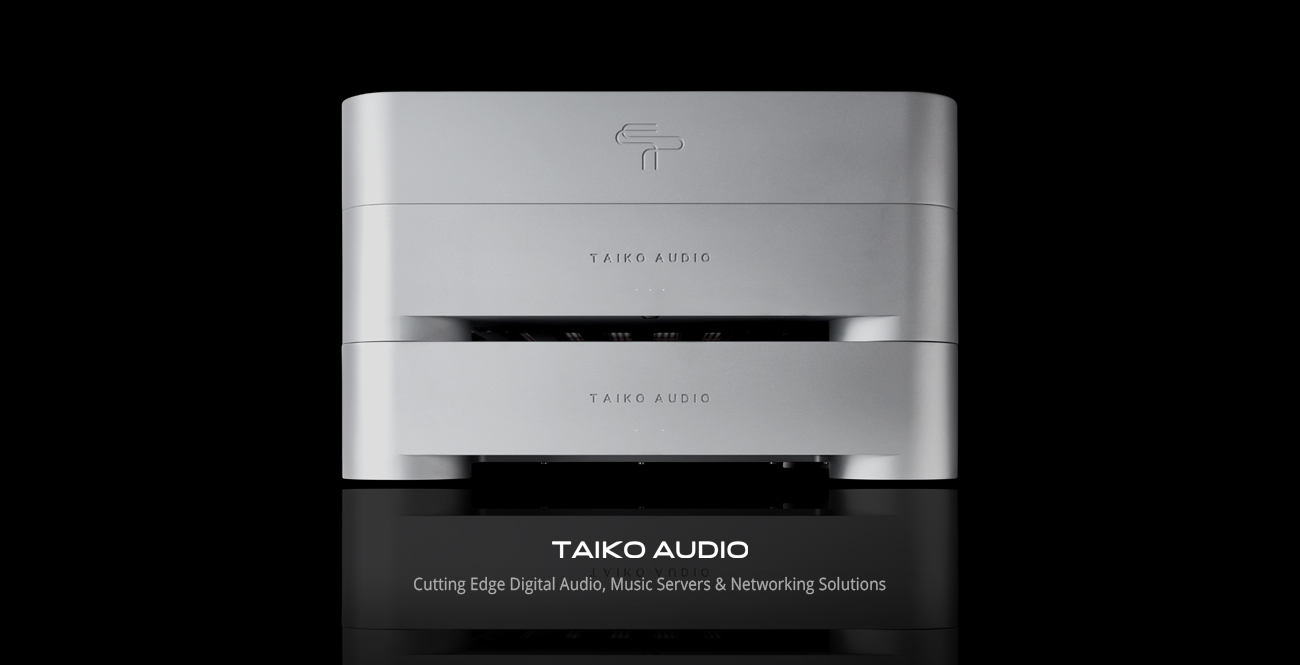Christiaan Punter
Well-Known Member
I'm not sure what that indicates. We have someone in the team who is not on WBF but is an expert in this field. Can you contact us via support@taikoaudio.com so we can troubleshoot?LED Status:
Olympus set to auto charge, left LED:
Normally during auto charge slow blink for approx 5hours 22 minutes every day
OCCASIONALLY during auto charge fast blink for the same amount of time. Is this normal? I don't see this described in LED Status section


